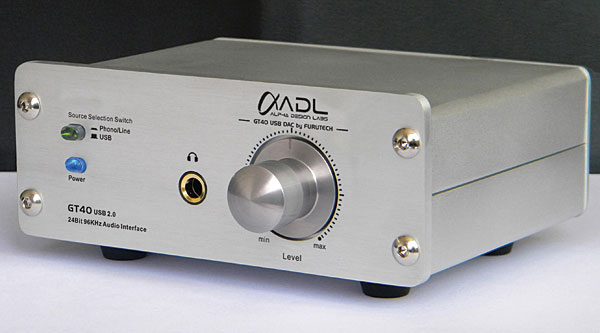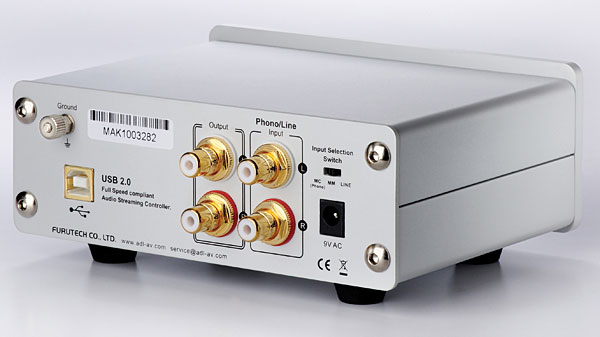| Columns Retired Columns & Blogs |
Lovely Sarouk Art, and a great read. It is also so refreshing to have you (a writer, reviewer, tinkerer...) consistently throughout the years open up the door of your Hifi room and share how you live, and listen, and how the method of that and vehicles of that change, and in turn change you. While many treat this hobby as a sport, it appears to me, more of a romance for you too.
Ps. three and a half bunnies for matching the hemp cones, rug, and paint and still having good Hifi ;^)







































